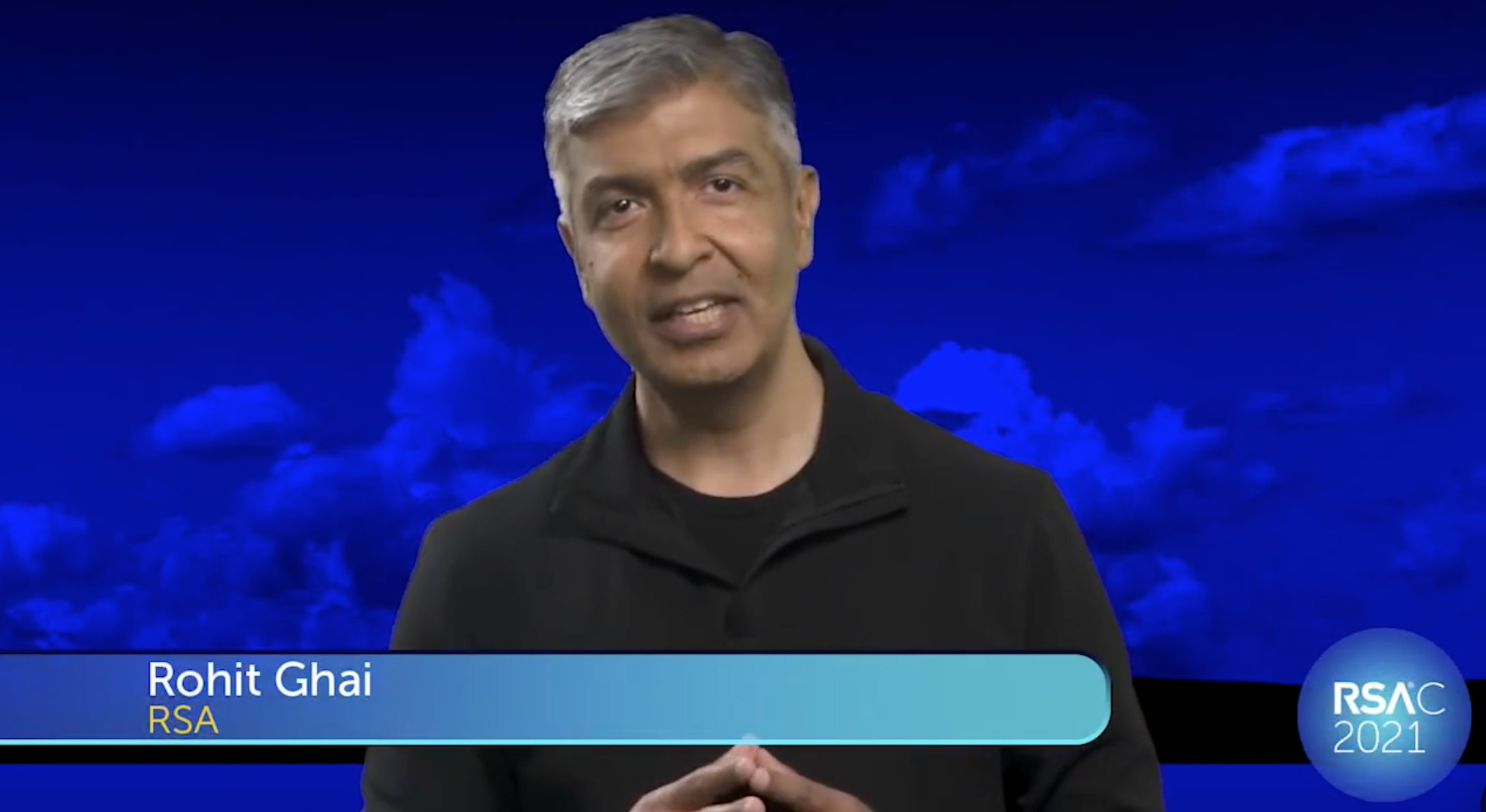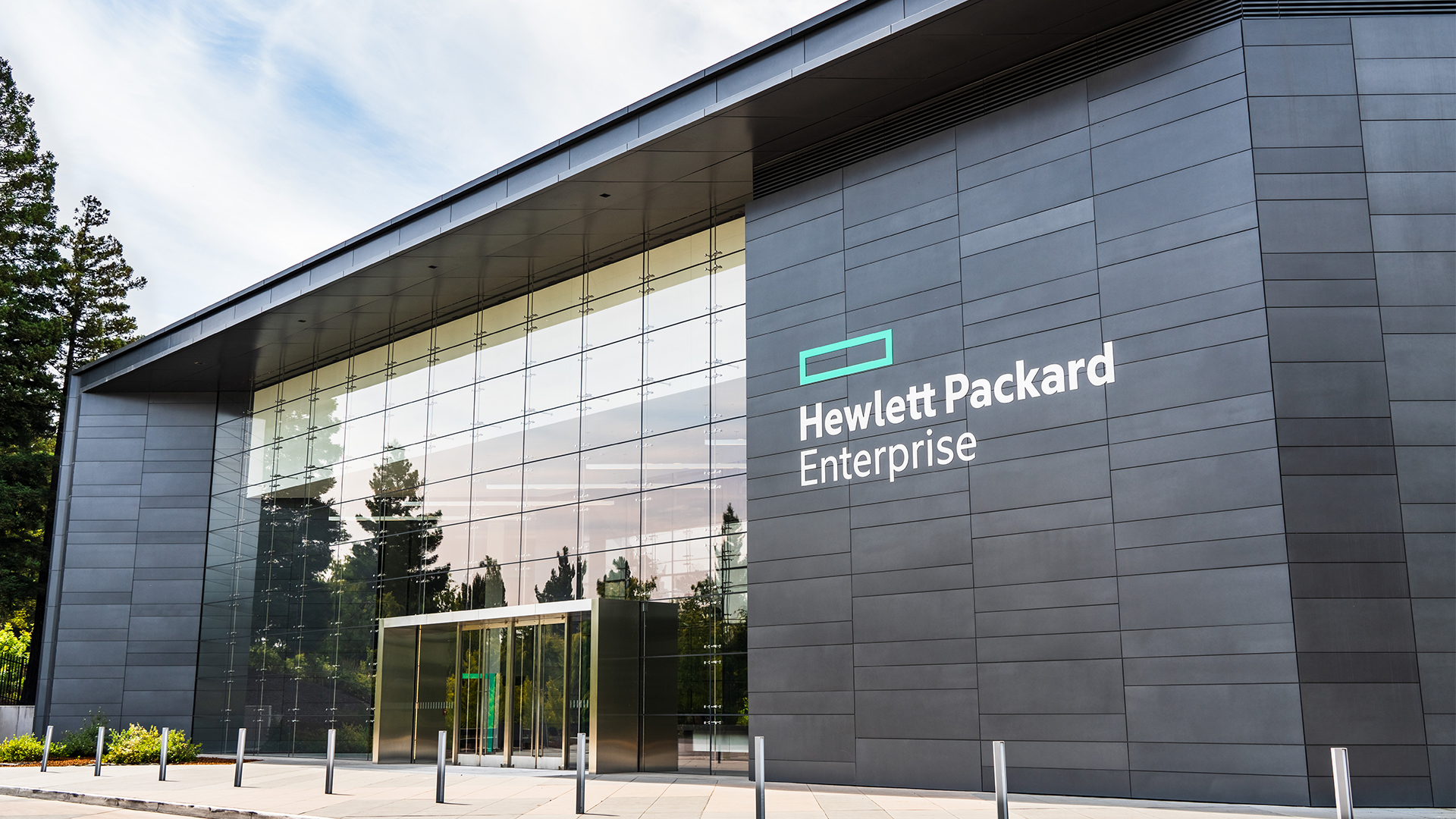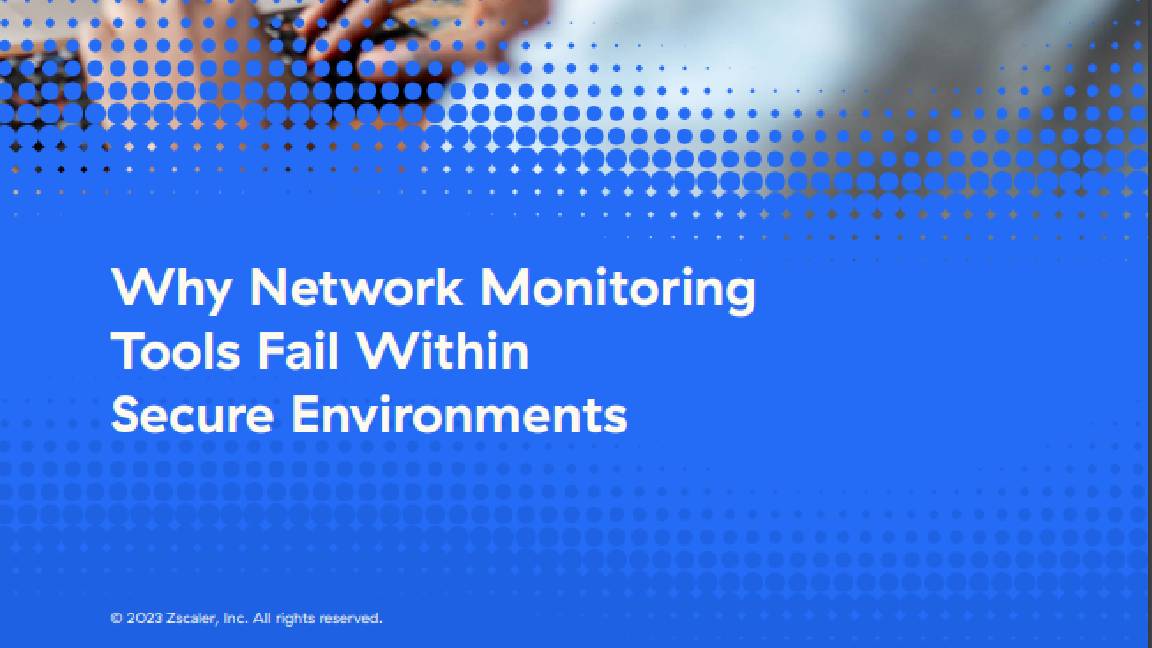Businesses must "embrace chaos" to improve cyber resilience
RSA's CEO on what Netflix's internal network disruptor and the WannaCry hack can teach the security industry


It is no longer enough to "be resilient" when it comes to cyber security, the CEO of the RSA said on Monday.
On the first day of the organisation's annual conference, RSA 2021, Rohit Ghai said that companies must become "good" at resilience by "embracing chaos".
Ghai highlighted the importance of strong cyber resilience, citing recent attacks, their unlikely origins and their tragic consequences. For example, 2020 saw the first death as a result of ransomware after hackers shut down a hospital in Berlin, along with a massive scale Twitter hack that affected CEOs, celebrities and even former US presidents that was orchestrated by a 17-year-old.
Last year also saw more and more people tune into services like Netflix for lockdown entertainment, with 34 million people watching Tiger King in its first 10 days on the platform. But how Netflix maintains a resilient IT network and avoids downtime is a good example of "embracing chaos", according to Ghai.
"In 2011, Netflix was preparing to move its content from the data centre to the cloud," Ghai said. "They knew availability and performance were critical to user experience and they had to design a fault-tolerant architecture within an environment they didn't fully control. So they invented something called 'Chaos Monkey."
This is an automated system that randomly terminates instances or computers on the Netflix network to test how resilient they are. By regularly "killing" random software services, Netflix suggests it is possible to test a redundant architecture and verify whether a server failure would noticeably impact customer experience.
"By bringing in and building in chaos, this tool accounted for a common type of failure and ensure graceful degradation and survival without any impact, in fact, simulating creation of the Netflix, simian army, a collection of tools to help prepare for chaos," Ghai added.
Get the ITPro daily newsletter
Sign up today and you will receive a free copy of our Future Focus 2025 report - the leading guidance on AI, cybersecurity and other IT challenges as per 700+ senior executives
Another area of chaos to embrace is through recruitment, according to Ghai. For the security industry to grow its community in a way that improves resilience, he "implored" the consideration that organisations employ hackers from 'chaotic' backgrounds, such as WannaCry hero, Marcus Hutchins.
RELATED RESOURCE

"When he was nine, Marcus took apart his family's computer and the code that operated it," Ghai said. "At 14 he created a password stealer. At 15, he ran a botnet of more than 8000 hacked computers. And then in 2017, he was the individual that found the kill switch for the WannaCry worm, saving the internet.
"It wasn't a straight and narrow path for Marcus. Though he eventually worked his way into a legitimate cybersecurity career, he was on the dark side but became a grey hat. In 2017. He was arrested and faced trial for his past mistakes. The judges lenient sentence acknowledged his remarkable contribution."
Ghai called it an "act of inclusion and profound wisdom" which showed that the industry needed to find ways to included bright minds and attract them into the security community.
Bobby Hellard is ITPro's Reviews Editor and has worked on CloudPro and ChannelPro since 2018. In his time at ITPro, Bobby has covered stories for all the major technology companies, such as Apple, Microsoft, Amazon and Facebook, and regularly attends industry-leading events such as AWS Re:Invent and Google Cloud Next.
Bobby mainly covers hardware reviews, but you will also recognize him as the face of many of our video reviews of laptops and smartphones.
-
 Bigger salaries, more burnout: Is the CISO role in crisis?
Bigger salaries, more burnout: Is the CISO role in crisis?In-depth CISOs are more stressed than ever before – but why is this and what can be done?
By Kate O'Flaherty Published
-
 Cheap cyber crime kits can be bought on the dark web for less than $25
Cheap cyber crime kits can be bought on the dark web for less than $25News Research from NordVPN shows phishing kits are now widely available on the dark web and via messaging apps like Telegram, and are often selling for less than $25.
By Emma Woollacott Published
-
 HPE eyes enterprise data sovereignty gains with Aruba Networking Central expansion
HPE eyes enterprise data sovereignty gains with Aruba Networking Central expansionNews HPE has announced a sweeping expansion of its Aruba Networking Central platform, offering users a raft of new features focused on driving security and data sovereignty.
By Ross Kelly Published
-
 Fortify your future: How HPE ProLiant Servers deliver top-tier cyber security, management, and performance
Fortify your future: How HPE ProLiant Servers deliver top-tier cyber security, management, and performanceWhitepaper Deploy servers with a secure approach
By ITPro Published
-
 Fortify your future with HPE ProLiant Servers powered by Intel
Fortify your future with HPE ProLiant Servers powered by IntelWhitepaper Enhance your security and manage your servers more effectively
By ITPro Published
-
 Architecting enterprise networks for the next decade
Architecting enterprise networks for the next decadeWhitepaper A new paradigm in network architecture
By ITPro Published
-
 Why network monitoring tools fail within secure environments
Why network monitoring tools fail within secure environmentsWhitepaper Gain visibility into devices, networks, and applications
By ITPro Published
-
 Better together: HPE Aruba Networking CX switches and HPE Aruba Networking Central
Better together: HPE Aruba Networking CX switches and HPE Aruba Networking CentralWhitepaper Explore the power and simplicity of managing HPE Aruba Networking CX Switches with HPE Aruba Networking Central
By ITPro Published
-
 Cyber-resilient infrastructure starts with server security
Cyber-resilient infrastructure starts with server securitywhitepaper Take a security-focused approach when investing in the next wave of IT infrastructure.
By ITPro Published
-
 Driving digital innovation with intelligent infrastructure
Driving digital innovation with intelligent infrastructurewhitepaper Strong infrastructure investment is driving digital in all industries
By ITPro Published